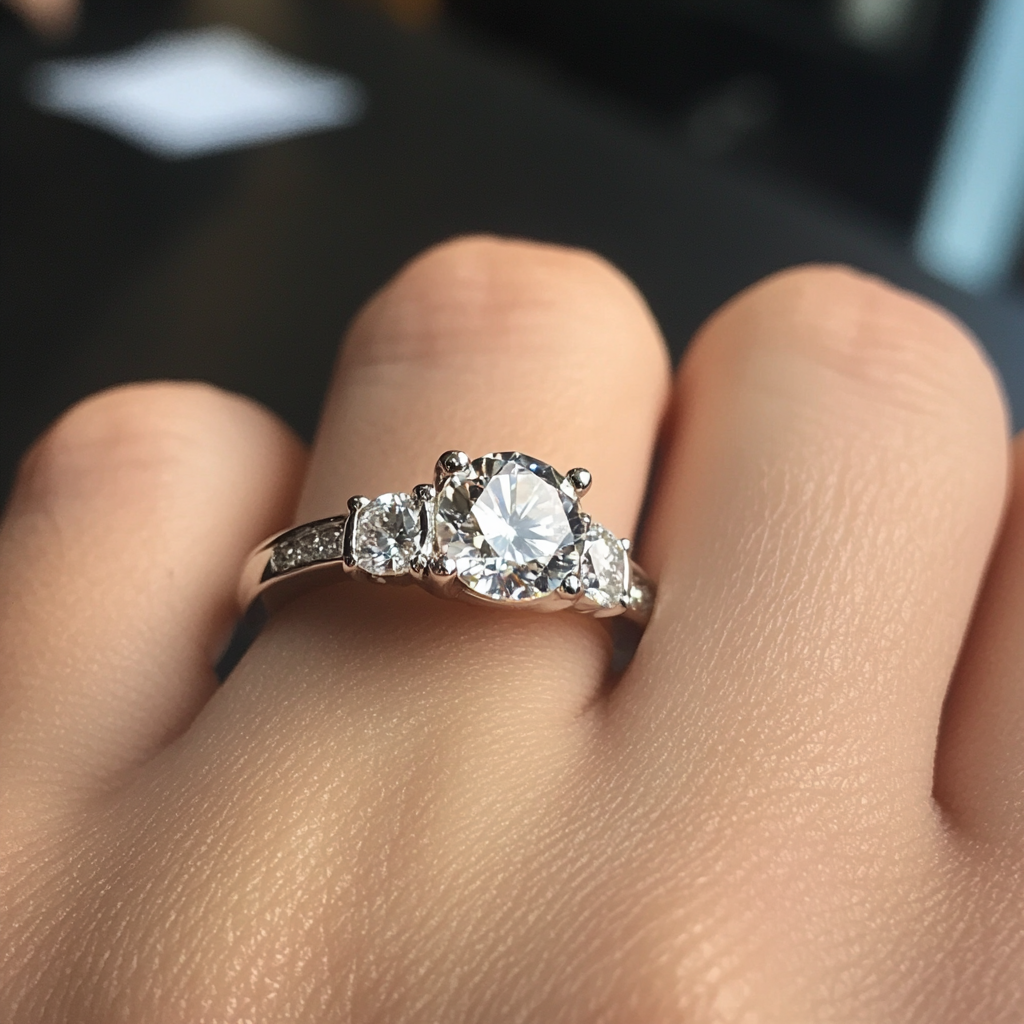- Joined
- Aug 15, 2000
- Messages
- 18,876
Date: 8/12/2005 7:41:50 AM
Author: adamasgem
Date: 8/11/2005 3:51:22 AM
Author: Garry H (Cut Nut)
I don''t think that consumers give a rats rearend how their diamonds look to strangers in a supermarket, but that is only my opinion..Date: 8/10/2005 11:50:46 AM
Author: adamasgem
RE: Gary Holloway: . Have you seen Sergey''s spoon test? do this - carry a spoon with you from room to room (you will have to be awake during the day Marty and i am not sure if that is feasible - so you could ask someone else to do this test). put the spon upside down at desk top / table top and see the difference between light intensity from windows and ceiling lights - amazingly fluoro lights are not as intense as light from windows - only very bright halogens are more intense - but have much less light - but they contribute to fire because they are smallish point sources.
In one case you diffuse and in the other you concentrate light
the point is that the light from the window is often more diffused but also more intenseI am not surprised that you think that, but then you are not exactly the diamontaaires target demographic - diamonds do not sparkle in the dark - especially when they are locked in the coffin

I have not made my mind up yet that GIA''s gray tray is good or bad. But i can see that there is no need to now think (as Paul from antwerp has feared) that there is some conspiracy theory at work - because if you tested diamonds on a light enough gray tray then clean leaky stones in bright lighting will look great. And that means the old AGS Steep Deeps that we all contributed to down grading of, could have been better performing stones than we all came to believe.
Is the object of the exercise to objectively evaluate the quantity and quality a diamond''s light return when light enters the crown or when attenuated light (both in intensity and spectrum) enters from below the girdle plane. Exactly
So again folks - thi is I believe time for us to make some serious re-analysis of all our assumptions.
Is it valid that some light, or enough light enters the pavilion on pieces of worn jewellry in various settings to make GIA''s results valid?
It appears to me that the common viewing environment and the theoretical studies presented are inconsistent there is no doubt in my mind they threw the theoretical computer based ray trace studies in the trash can - especially after some of Ilene Reinitz''s comments in question time 2 or 3 years back at the JCK "watch this place" song and dance routine.
The main question here is - how many diamonds are set so light can get in the back?
I think 99% of earrings and pendants should be modelled on black trays. And my own experiment with Drena''s earrings with one shallow vs one ''ideal'' cut stone in each ear clearly showed that shallower stones make much better earrings when worn and when they have a bit of normal dirt on them. (A number of people observed this test in Vegas this year and all agreed. I conducted the test over about 6 months, and as a reward Drena went from 1ct to 1 1/4ct each ear). But then again, aren''t you a bit biased towrd shallower stones like you are biased toward symmetry - you use toys and I use simple experiance
like you are biased toward symmetry - you use toys and I use simple experiance

Now as for rings - say 66%??? are set in 4 or 6 prong settings and can get some light in the pavilion. Reasonable?
Is a say 50% gray tray a reasonable test? It is more reasonable than 100% intensity from the side
Does dirt make this better or worse? Grease, as in body oils, not ''dirt'' per se How should we define "oils" Sol? RI? Colour spectrum / absorption etc?
More applicable or less?








300x240.png)